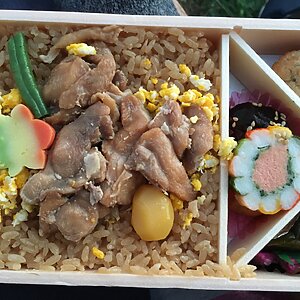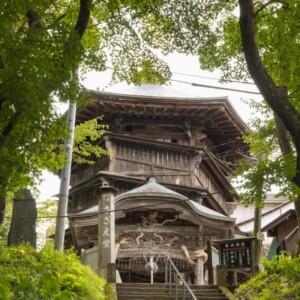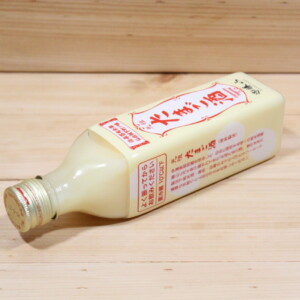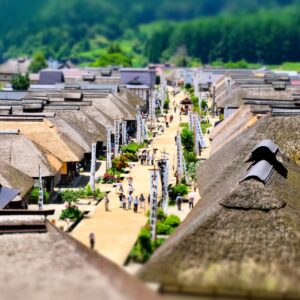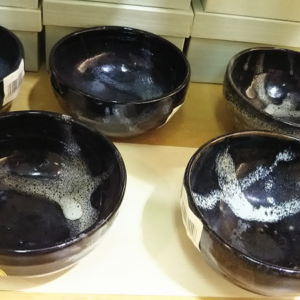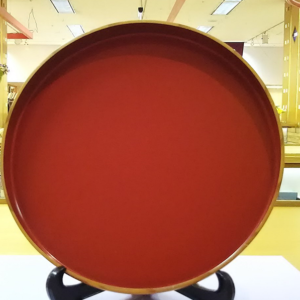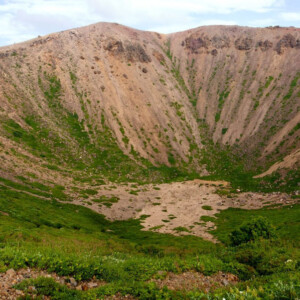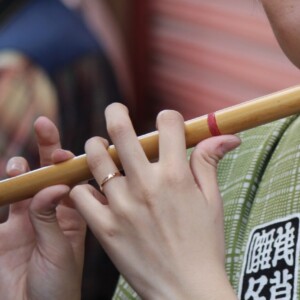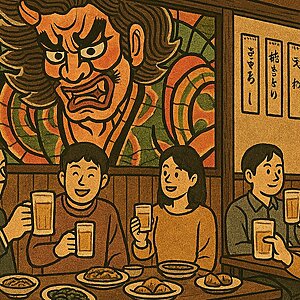
The castle town of Kubota Castle since the Meiji period, when it was hit by many major fires, [Akita City, Akita Prefecture]
table of contents
- 1 The outside town was divided into towns based on the products they handled.
- 2 The outer town was almost destroyed in the Tawaraya fire during the Meiji period.
- 3 Geisha houses and teahouses that were burnt down in the Tawaraya fire gathered together in Kawabata to form a red light district.
- 4 The brick building is a nationally important cultural property. Red brick local museum (former Akita Bank main branch)
- 5 Tawaraya, a storehouse that was destroyed by fire, and the former Kaneko residence of a merchant family from the Edo period.
- 6 ``The Nanami Water Drawing Station'' is the only remaining water drawing point for domestic use during the Edo period.
Kubota Castle and the castle town were created by clan ( Kubota clan , have lost most of their buildings due to frequent large fires. Kubota Castle Senshu Park , and the few remaining remains and the restored front gate give us a glimpse of what it was like back then.
In the castle town, the area surrounding Kubota Castle and the outer moat was the inner town where the samurai and foot soldiers lived, and the outer moat was the outer town, where the townspeople conducted business. The role of the outer moat is played by Asahikawa, which has artificially changed the river course.
The outside town was divided into towns based on the products they handled.
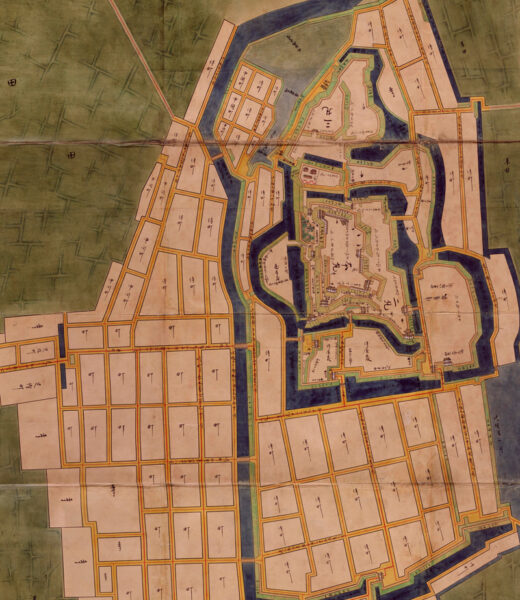
The castle town is said to have been completed around 1631 by Yoshinobu Satake Yoshinobu invited merchants from Tsuchizaki Minato (Tsuchizaki Minato, Akita City), a bustling port town located at the mouth of the Omonogawa River and the gateway to northern Akita, to his newly created outer town. A feature of the town is that in addition to Tea Town and Omachi, where the domain's merchants lived, it is organized into towns based on the products they handle, such as Sakamachi, Yonemachi, Kajimachi, and Teppo-machi. Omachi, the center of the area, was lined with kimono merchants selling clothing, while Chamachi was home to general merchandise stores and aramonoya, which sold everything from food to seasonings, paper, and tatami mats. These two towns also have money-related shops such as money changers, and are given the role of the center of the outer town.
The outer town was almost destroyed in the Tawaraya fire during the Meiji period.
Kubota Castle, inner town, and outer town have suffered numerous fires. Kubota Castle burned down in 1633, two years after its completion, and it is said that as many as 2,000 houses were destroyed in the castle area in 1650. In a fire in 1880 (Meiji 13), almost all the buildings of Kubota Castle, which had been rebuilt, were lost.
In Sotomachi, there were several fires in the Edo period that caused as many as 1,000 houses, but the Tawaraya Fire , as many as 3,500 houses were destroyed, and the entire town was reduced to ashes. It has become.
Geisha houses and teahouses that were burnt down in the Tawaraya fire gathered together in Kawabata to form a red light district.

After the Tawaraya fire, a downtown area was established in Kawabata (Omachi 2-chome to 5-chome, Akita City), which used to be a corner of the outer town. It is along the west bank of the Asahi River, which flows west of Kubota Castle, and ``Kawabata'' means the bank of the river. Merchants who lost their shops in the Tawaraya fire, especially geisha shops and teahouses, moved to Kawabata one after another, and many shops where geisha activities were held gathered there, and the area became a red light district.
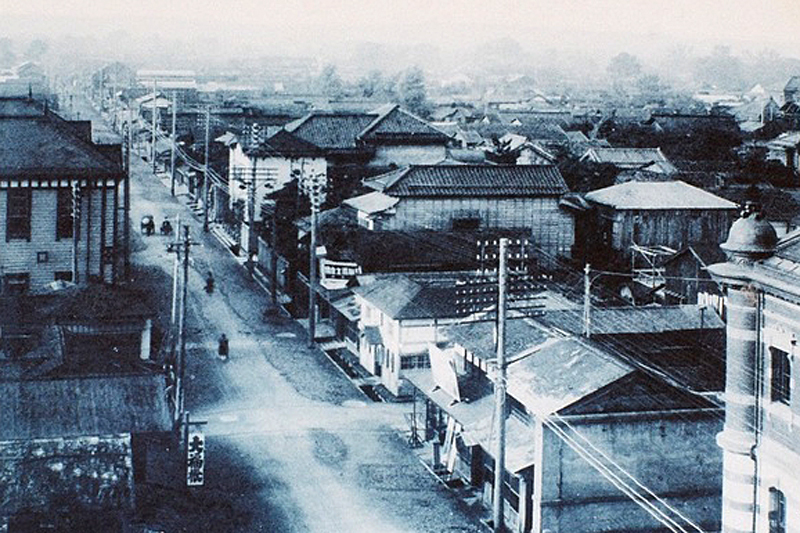
Akita Bank main branch (currently the Red Brick Local Museum/Nationally Designated Important Cultural Property) being built in 1912 (Meiji 45). It has developed. Nowadays, the place name "Kawabata" has disappeared and has been unified to Omachi. Also, although most of the restaurants and teahouses that once existed have disappeared, the old Kawabata district is becoming more and more lively as a downtown area filled with popular restaurants and bars. On the other hand, due to the disappearance of traditional Japanese restaurants, the number of geishas, which numbered around 150 in the early Showa period, has reduced to just a few, and the area has become very lonely.
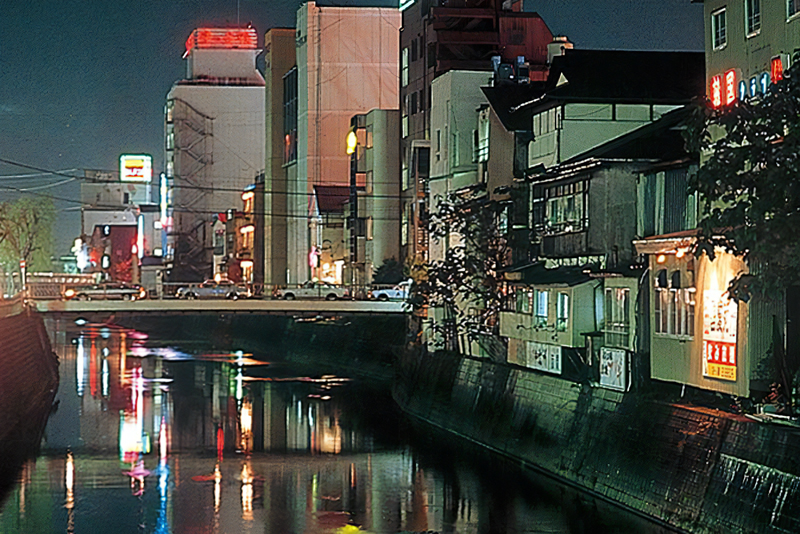
Kawabata/Sotomachi Promotion Association <Information>
- Facility name: Kawabata/Sotomachi Promotion Association
- Location: Omachi, Akita City, Akita Prefecture
- Phone number: 018-827-5117
- URL: Kawabata/Tomachi Promotion Association
- access
- Railway/Akita Shinkansen/Ou Main Line Take a route bus from Akita Station and get off at Kawabata Iriguchi bus stop.
- Car: Approximately 20 minutes from Akita Expressway Akita Chuo IC
Google Map
The brick building is a nationally important cultural property. Red brick local museum (former Akita Bank main branch)
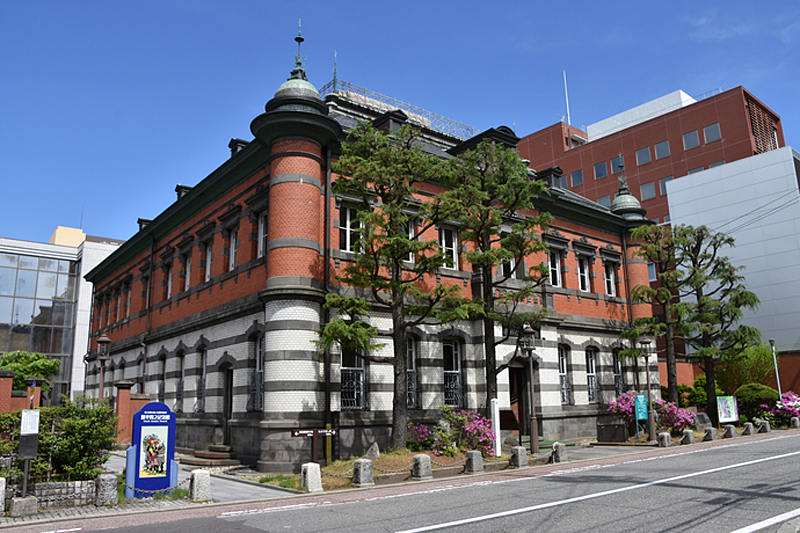
The former Akita Bank head office in Kawabata was used as a bank until 1969 (Showa 44), but since then it has been preserved and opened to the public as the Red Brick Local Museum
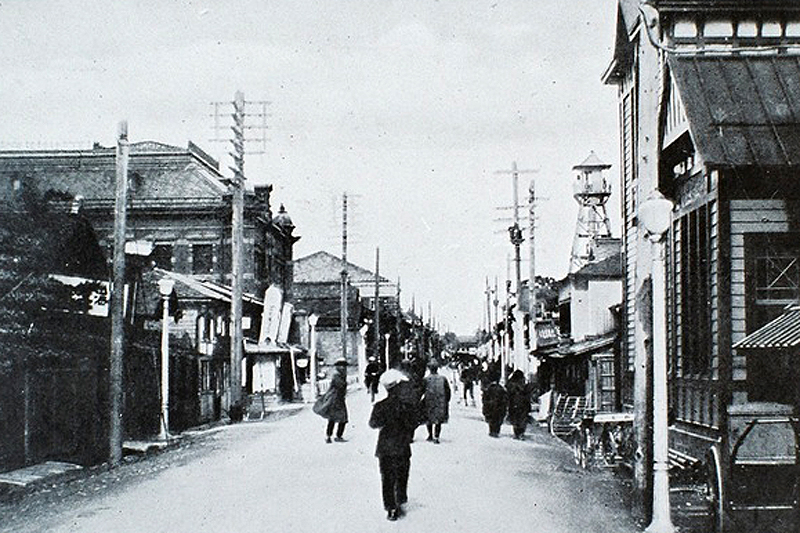
The exterior of the Red Brick Museum is based on the Renaissance style, with Oga stone used for the foundation, white porcelain tiles on the first floor, and red brick on the second floor, creating a beautiful contrast between red and white. The interior has a Baroque style, and each room, including the staircase, has a different design, making it luxurious and gorgeous. The building a nationally designated important cultural property .
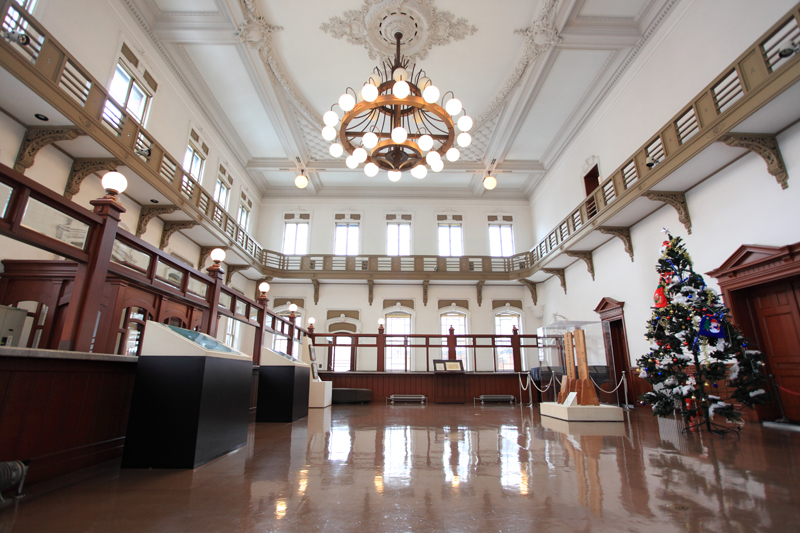
The Red Brick Museum exhibits materials related to buildings, traditional Akita crafts such as silver filigree and Yatsuhashi dolls, and works by Akita City artists such as the printmaker Tokuyuki Katsuhira.
Red brick local museum <Information>
- Facility name: Red brick local museum (former Akita Bank main branch)
- Location: 3-3-21 Omachi, Akita City, Akita Prefecture
- Phone number: 018-864-6851
- Opening hours: 9:00-16:30
- Admission fee: 210 yen for adults (free for high school students and under)
- Closed: December 29th to January 3rd
- URL: Red brick local museum
- access
- Railway/Akita Shinkansen/Ou Main Line From Akita Station, take a route bus and get off at Kawabata Iriguchi bus stop, then walk for about 1 minute.
- Car: Approximately 20 minutes from Akita Expressway Akita Chuo IC
Google Map
Tawaraya, a storehouse that was destroyed by fire, and the former Kaneko residence of a merchant family from the Edo period.
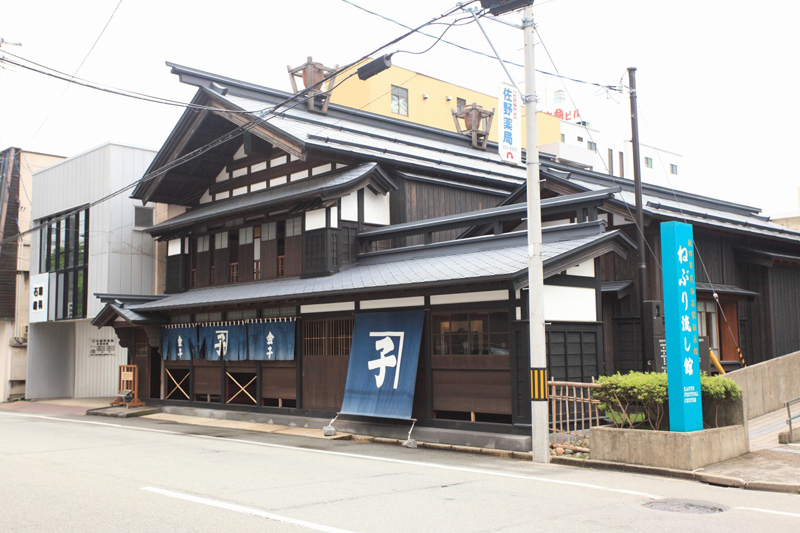
The former Kaneko Jutaku storehouse is a valuable building from the Edo period that remains in Akita City (the main building was destroyed in the Tawaraya fire and was rebuilt in 1887). During the Edo period, the store operated a pawnshop and used clothing store, and since the Meiji period, it has been dealing in kimono. Ta. Business continued in this building until 1982 (Showa 57), after which it was donated to Akita City. Akita City designated tangible cultural property.
It is currently on display as part of the Folk Performing Arts Tradition Museum (Neburi Nagashikan). The Neburi Nagashi-kan is an exhibition museum established to preserve and pass on the traditional performing arts and folk events of Akita City, including kanto.
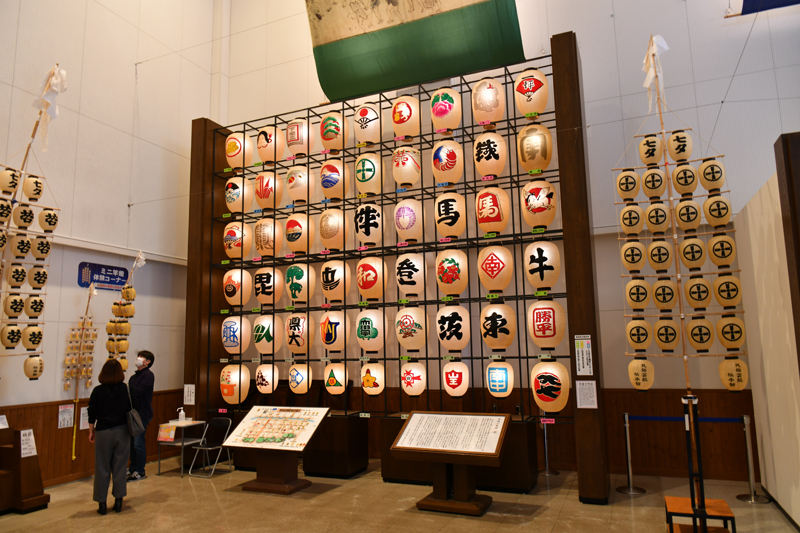
Neburi Nagashikan<Information>
- Facility name: Former Kaneko Residence/Folklore Performing Arts Museum (Neburi Nagashikan)
- Location: 1-3-30 Omachi, Akita City, Akita Prefecture
- Phone number: 018-866-7091
- Opening hours: 9:30-16:30
- Closed: December 29th to January 3rd
- Admission fee: 100 yen (free for high school students and under), common viewing fee with the former Kaneko residence 260 yen (free for high school students and under)
- URL: Former Kaneko Residence/Folk Performing Arts Tradition Museum (Neburi Nagashikan)
- access:
- Railway/Akita Shinkansen/Ou Main Line From Akita Station, take a route bus and get off at Neburi Nagashikan-mae or Torimachi bus stop, about 1 minute, then about 15 minutes on foot from Akita Station.
- Car: Approximately 20 minutes from Akita Expressway Akita Chuo IC
Google Map
``The Nanami Water Drawing Station'' is the only remaining water drawing point for domestic use during the Edo period.
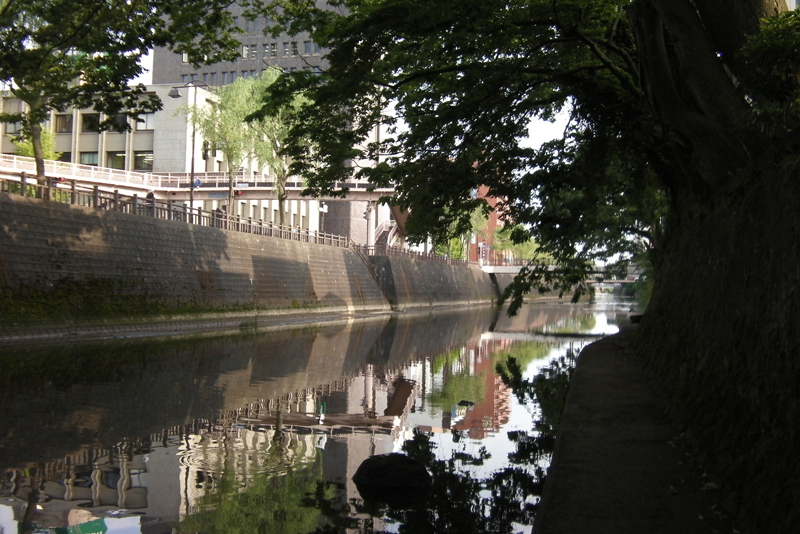
Most of Kawabata's daily water, except for drinking water, used water from Asahikawa. For this reason, it is said that each town, Uchimachi and Sotomachi, had a water drawing station called ``Kado''. The Nanami family's water pumping station was used until the Meiji period. Water pumping stations were also used for loading and unloading goods from the river, and were essential to people's lives, but today they have been mostly lost due to bank protection construction and other works, and this is the only place where traces remain. .
Nanami family water drawing place<Information>
- Facility name: Nanami family water pumping place
- Location: 3-1-6 Omachi, Akita City, Akita Prefecture
- Phone number: 018-824-8686 (Akita City Machinaka Tourist Information Center)
- URL: Nanami family water drawing place
- access:
- Railway/Akita Shinkansen/Ou Main Line From Akita Station, take a route bus and get off at Kawabata Iriguchi bus stop, then walk for about 1 minute.
- Car: Approximately 20 minutes from Akita Expressway Akita Chuo IC



![[Akita Prefecture during the Boshin War] What were the decisions of the Kubota, Kameda, Honjo, and Yajima domains? 24115050_m](https://jp.neft.asia/wp-content/uploads/2022/06/24115050_m-150x150.jpg)
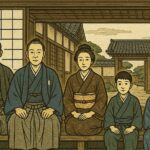
![[Akita Prefecture] Kosaka Town is a town that has taken you back in time to the Meiji era. Cultural heritage left behind by Kosaka Mine 1_22](https://jp.neft.asia/wp-content/uploads/2023/07/1_22-150x150.jpg)
![Inuchi Ginzan, which supported the Akita Domain's finances. The coal mining town was filled with over 15,000 people [Yuzawa City, Akita Prefecture] 18601c3908c5115e822472a1ae91f736](https://jp.neft.asia/wp-content/uploads/2023/12/18601c3908c5115e822472a1ae91f736-150x150.jpg)
![The foundation of Akita City is the castle town of Kubota Castle, created by Satake Yoshinobu [Akita Prefecture] Yoshinobu Satake](https://jp.neft.asia/wp-content/uploads/2024/01/Satake_Yoshinobu-150x150.jpg)
![The historical heritage of Yurihonjo City, which was established by three domains during the Edo period [Akita Prefecture] Tensagi Castle, a theme park that collects the history of the former Kameda domain ©Tabi Tohoku](https://jp.neft.asia/wp-content/uploads/2024/07/78f1019a234bb8928a04b0041a2a581d-150x150.jpg)
![Historic buildings in Odate City, sparing the war caused by the Boshin War [Akita Prefecture] A wonderful garden can be seen from the tatami room of Torigata Kaikan (former Torigata landlord's house) ©Odate City](https://jp.neft.asia/wp-content/uploads/2024/07/edbe4dbfd0fab012caccc9dc56b1bb39-150x150.jpg)
![Hiyama Ando clan, ruled Akita during the Sengoku period and based in Noshiro [Akita Prefecture] Akita Fan](https://jp.neft.asia/wp-content/uploads/2025/03/0275d341934f847be3452ea4662d9a4e-150x150.jpg)
